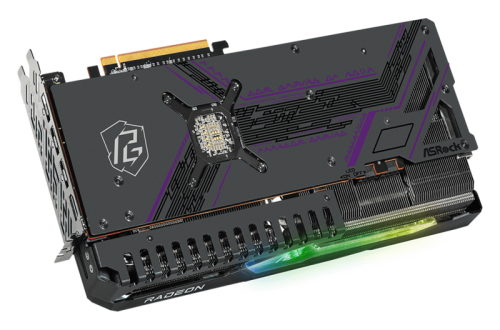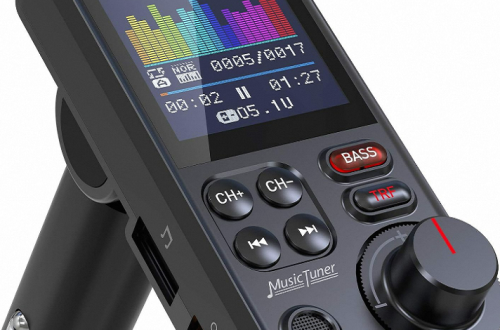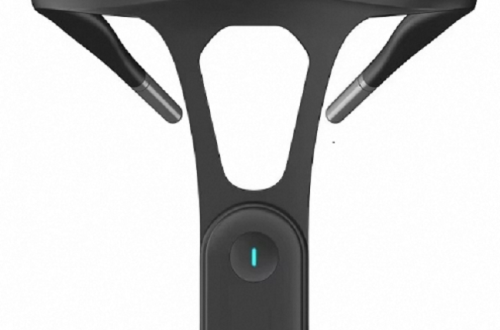Intro
we all know that technologies make life better. Tech enthusiasts and professionals highly regard the MacBook Air for its elegant design and exceptional performance, making it a sought-after device. Whether you’re a newcomer to the MacBook Air or simply in need of a quick reminder, mastering the art of turning it on is crucial to fully harnessing its capabilities. In this comprehensive article, we will provide you with a step-by-step guide on how to power on your MacBook Air, guaranteeing a seamless and efficient start every time you use it. By following our instructions, you will gain the confidence to navigate through the process effortlessly, enabling you to dive into a world of productivity and creativity with your MacBook Air. Stay tuned as we walk you through the essential steps and equip you with the knowledge to unleash the power of your beloved MacBook Air.

I. Locating the Power Button
To successfully turn on your MacBook Air, first, locate the power button. Depending on the model, you can find this button positioned in different locations. Some models have it on the top-right corner of the keyboard alongside the Touch ID sensor, while others have it on the top-right side of the device’s housing. Take a moment to visually locate this button before proceeding with the next steps. Identifying the power button correctly is crucial as it allows you to initiate the boot-up process smoothly and efficiently. Once you have located the power button, you can proceed confidently with the process of turning on your MacBook Air and unlocking its full potential.
II. Step-by-Step Guide to Turning On a MacBook Air
Now that you’ve found the power button, let’s go through the steps to turn on your MacBook Air:
1. Connect the Power Adapter:
To turn on your MacBook Air, it is important to ensure that it is connected to the power adapter. This step becomes crucial especially if your device’s battery is drained or running low. Connect one end of the power adapter to your MacBook Air, and the other end to a power source such as a wall outlet. This ensures a stable power supply to your device during the startup process. By securing the connection between the power adapter and your MacBook Air, you can proceed confidently to the next steps, knowing that your device has sufficient power to initiate the boot-up process.

2. Check the Battery Indicator:
Before turning on your MacBook Air, check the battery indicator to assess the remaining charge. When the battery is completely drained, you may need to charge it for a few minutes before you can power on the device. Locate the battery indicator on the upper-right corner of the screen or on the Touch Bar, where it shows a visual representation of the battery level. This allows you to gauge whether the battery has sufficient power to support the startup process. By monitoring the battery indicator, you can ensure that your MacBook Air has sufficient charge before attempting to turn it on, preventing any potential interruptions or shutdowns caused by low battery levels.
3. Press the Power Button:
Once your MacBook Air is connected to the power adapter and the battery is adequately charged, press the power button. Hold it for a few seconds until you see the Apple logo appear on the screen. Release the button once the logo appears, indicating that the device is booting up.
4. Enter Your Password or Use Touch ID:
Once the Apple logo disappears, your device’s settings will determine whether you are greeted with the login screen or the desktop. If you have set up a password for your MacBook Air, enter it to unlock the device. Alternatively, if your MacBook Air features a Touch ID sensor, place your finger on it to authenticate and access the desktop.

5. Set Up User Preferences:
Once you’ve successfully logged in, you may be prompted to set up user preferences, such as language, time zone, and iCloud settings. Follow the on-screen instructions to customize your MacBook Air according to your preferences.
6. Start Exploring:
Congratulations! Your MacBook Air is now powered on and ready to be explored. Take some time to familiarize yourself with the various features and functionalities of your device, maximizing its potential for productivity, entertainment, and more.
III. Troubleshooting Tips
While turning on a MacBook Air is usually a straightforward process, there may be instances when you encounter difficulties. Here are a few troubleshooting tips to help you overcome potential challenges:

1. Check the Power Connection:
To ensure a successful startup, securely connect the power adapter to both your MacBook Air and the power source. A loose connection can hinder the device from turning on or charging properly. Make sure to confirm that you firmly plug the power adapter into your MacBook Air and securely connect it to the power source, such as a wall outlet or power strip. This guarantees a stable power supply to your device during the startup process. By double-checking the connection, you can eliminate any potential issues caused by a loose connection and proceed with confidence, knowing that your MacBook Air will receive the necessary power to turn on and function optimally.
2. Reset the System Management Controller (SMC):
If your MacBook Air fails to turn on despite following the aforementioned steps, resetting the SMC might resolve the issue. To do this, shut down your MacBook Air, then press and hold the power button and the left Shift key simultaneously for 10 seconds. Release the keys and power on your device as usual.
3. Seek Professional Assistance:
If you’ve exhausted all troubleshooting options and your MacBook Air still won’t turn on, it’s advisable to seek professional assistance from an authorized Apple service provider. They will be able to diagnose and fix any underlying hardware or software issues that may be hindering the device’s functionality.

IV. Conclusion
Knowing how to turn on a MacBook Air is a fundamental skill that ensures a smooth start to your computing experience. By following the simple steps outlined in this article, you can power on your MacBook Air confidently and explore its multitude of features and functionalities. Should you encounter any issues, don’t hesitate to troubleshoot or seek professional assistance. With your MacBook Air up and running, you’re ready to unleash its power and dive into a world of productivity, creativity, and seamless connectivity.


